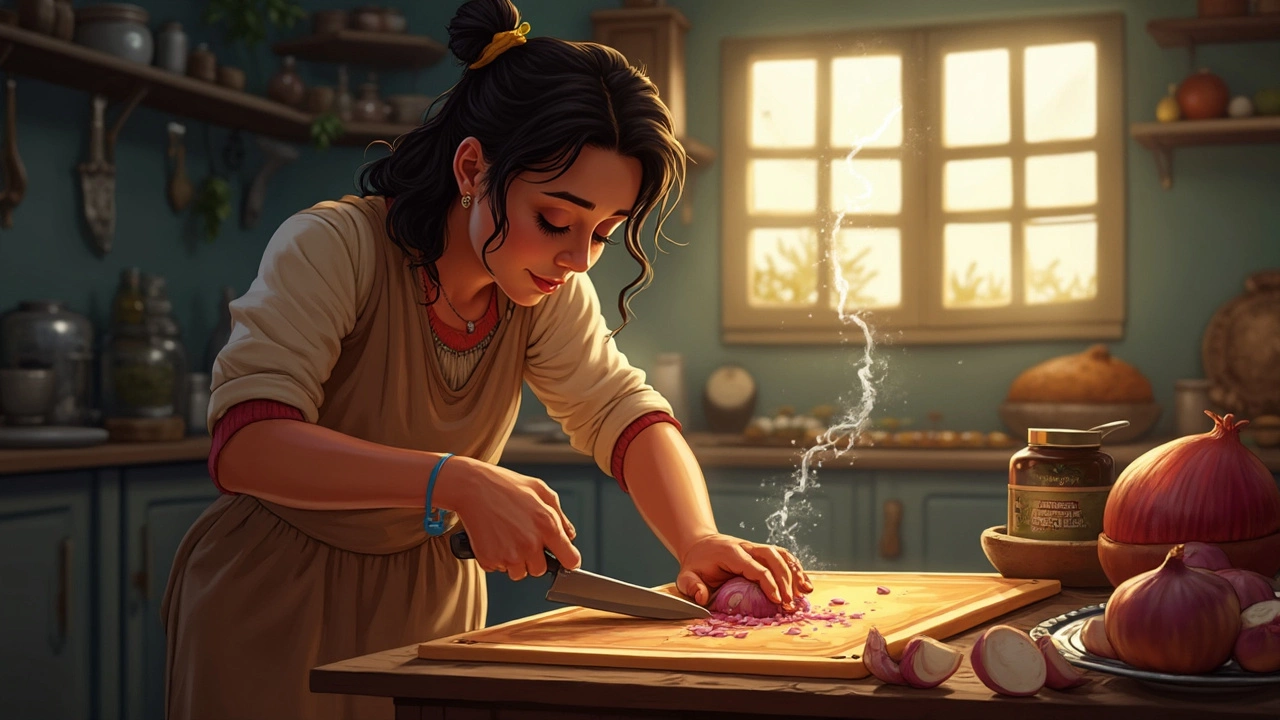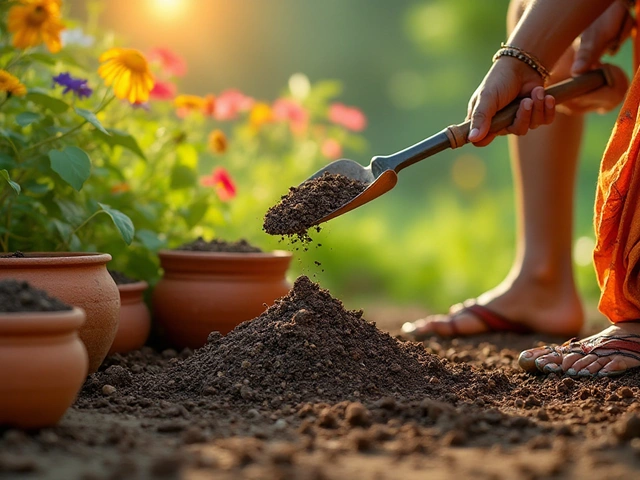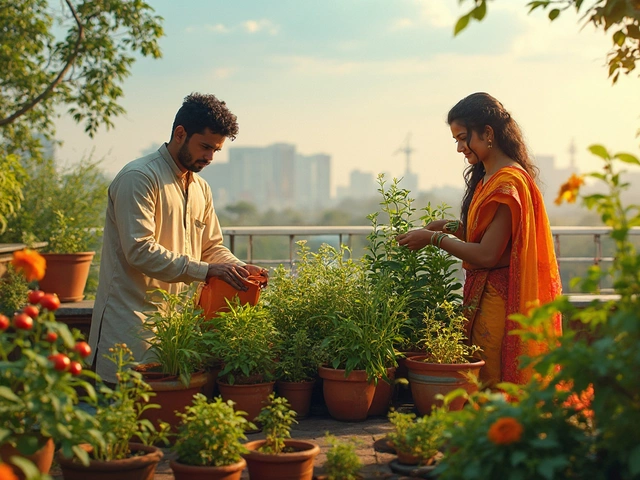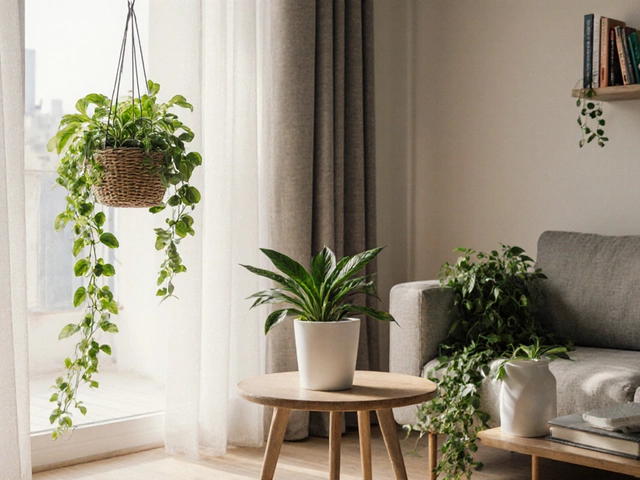Onion Gardening Tips: Grow Bigger, Tastier Onions the Easy Way
Onions are a kitchen staple, but many gardeners give up on them because they seem finicky. The truth is, with a few simple steps you can grow healthy onions that taste great and last long. Below are the most practical tips you can start using right away.
Pick the Right Variety and Prep Your Soil
First, decide which onion type fits your climate. Short‑day onions love the warm evenings of southern India, while long‑day varieties do better up north where nights are shorter. If you’re not sure, a medium‑day hybrid works in most places.
Next, check the soil. Onions need loose, well‑draining soil with a pH between 6.0 and 7.0. Mix garden compost or well‑rotted manure to add organic matter and improve texture. A simple test: take a handful of soil, squeeze it. If it forms a loose ball and crumbles easily, it’s ready.
Before planting, lay out a shallow trench about 1‑2 cm deep. Space the seeds or sets 10‑15 cm apart in rows 30 cm apart. This spacing gives each bulb room to expand and reduces competition for water.
Watering, Feeding, and Harvesting Made Simple
Watering is where most gardeners slip up. Onions like steady moisture but hate soggy roots. Water lightly every 2‑3 days during dry spells, and aim for about 2.5 cm of water per week. Mulching with straw or dry leaves helps keep soil temperature stable and cuts down evaporation.
Feeding is easy: a balanced 10‑10‑10 fertilizer applied once at planting and again when the tops start to turn green works well. Avoid high‑nitrogen mixes after that point, because too much nitrogen encourages leaf growth at the expense of bulb size.
Watch the tops. When they start to yellow and fall over, the onions are ready to harvest. Loosen the soil gently with a fork, pull the bulbs, and shake off excess dirt. Let them dry in a shady, well‑ventilated spot for a few days before storing.
For a longer storage life, cure the onions by keeping them at 10‑15°C with low humidity for about two weeks. After curing, move them to a cool, dry pantry and they’ll stay good for months.
Quick recap: pick a variety that matches your day length, loosen the soil, space planting properly, water consistently, feed lightly, and harvest when tops turn yellow. Follow these steps, and you’ll enjoy a steady supply of fresh onions for your cooking.
Got a question about onion pests or how to grow onions in pots? Drop a comment below – we love helping fellow gardeners succeed!

Why Do We Cry While Cutting Onions? Exploring the Science and Solutions
Ever sliced into an onion and found yourself in tears? This article explores the science behind why cutting onions makes us cry. We'll dive into how onions release a chemical that irritates our eyes and share some handy tips on how to reduce tears. You'll also learn interesting facts about growing onions perfectly suited for Indian gardens. Discover effective ways to store onions and make the most of your harvest.
About
Vegetable Gardening
Latest Posts


How to Maximize a Small Balcony: Layouts, Vertical Garden, Storage & Seating Ideas
By Alden Thorne Sep 16, 2025

Best Plants for Rooftop Gardens: Make the Most of Your Terrace Space
By Alden Thorne Jun 8, 2025

Top Easy Houseplants for Beginners - Low‑Maintenance Indoor Greens
By Alden Thorne Oct 7, 2025
